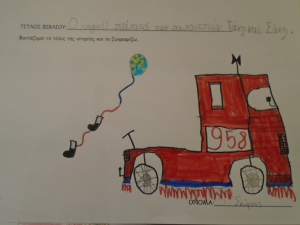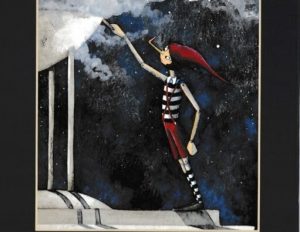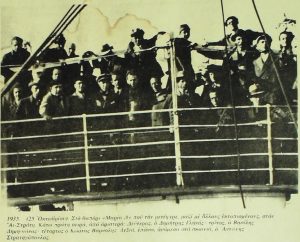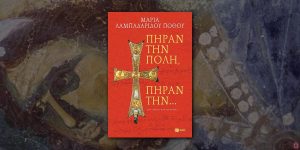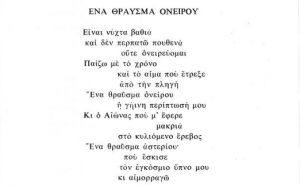Alkamenes’ sculptures for the Hephaisteion: Part I, The cult statues
Αρθρογράφος: Harrison Byrd Evelyn (Eve)
Έκδοση: Περιοδικό American Journal of Archaeology τόμος 81 Νο2, Archaeological Institute of America, Άνοιξη 1977
Γλώσσα: Αγγλική
Αριθμός σελίδων: 42 (Σελίδες 137-178)
Θεματολογία: Τέχνη
Περιγραφή: All previous attempts to visualize and understand the group of two statues made by Alkamenes for the Hephaisteion in the years 421-415 B.C. have proceeded on the assumption that the so-called Theseum is in fact the Hephaisteion. Here the attempt is made without this assumption. One must begin with the fragments of the accounts for the making of the statues (IG I2, 370/371). The quantity of metal purchased for the element called “the anthemon” is so large that we cannot explain the anthemon as an adjunct of the statue of Athena. It must have been a separate structure. Athena’s shield was supported on the anthemon. Hence an armed Athena who does not carry her shield is required. The Velletri Athena is suitable in type and date and responds symmetrically to the type of Hephaistos reconstructed by Semni Karouzou. The great size of the anthemon suggests comparison with the bronze palm tree in the Erechtheion which carried off the smoke of the golden lamp of Athena Polias. As Hephaistos is a fire-god, the anthemon of the Hephaisteion may have served as the chimney for his sacred fire. The Medusa Rondanini, which is close in style to the Velletri Athena, may have occupied the center of her shield. Both these works have been wrongly attributed to Kresilas. Their style is related in numerous ways to that of a high-relief frieze from the Agora generally associated with the name of Alkamenes. The second part of the article will give the evidence for the reconstruction of the base of the statues, and the third will offer some conclusions about the cult and the sculptor.
Ψηφιακό περιεχόμενο (link)




